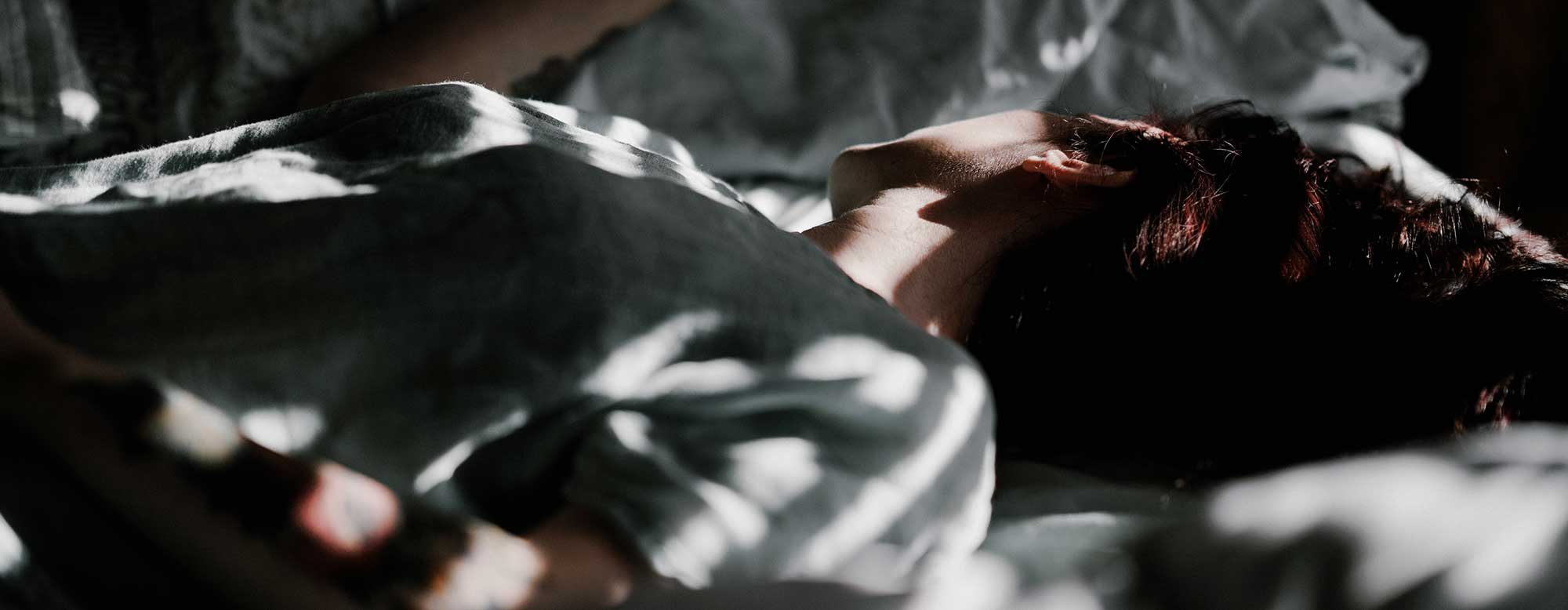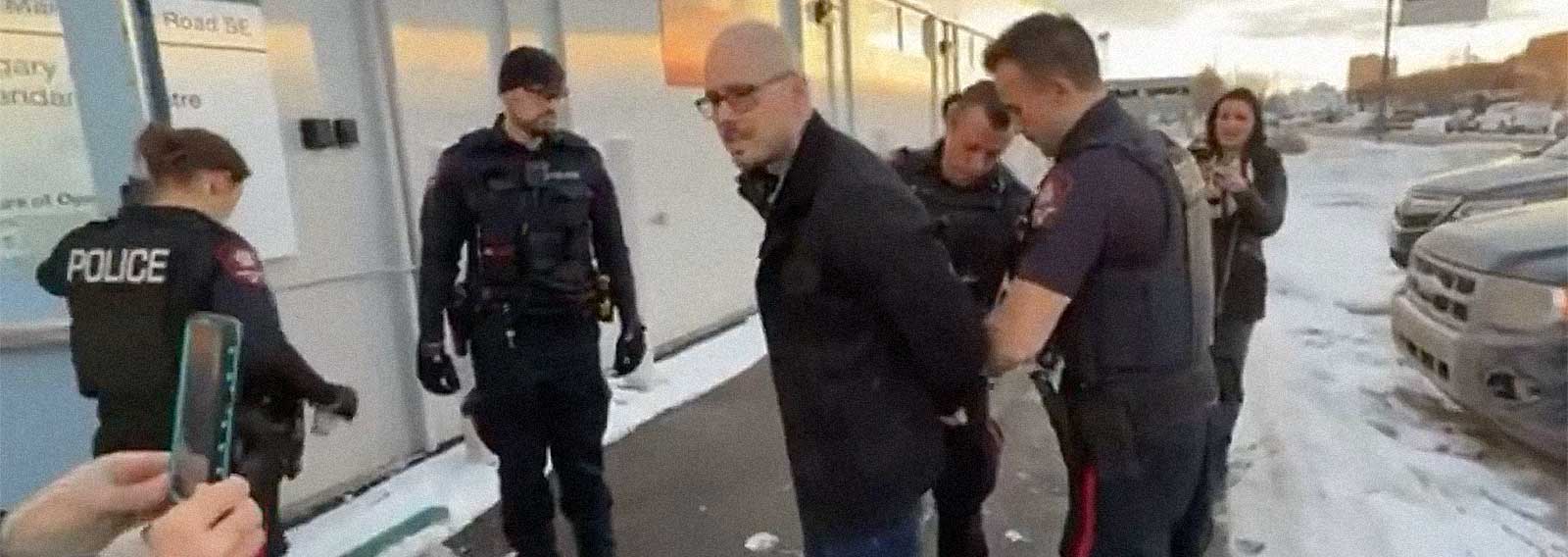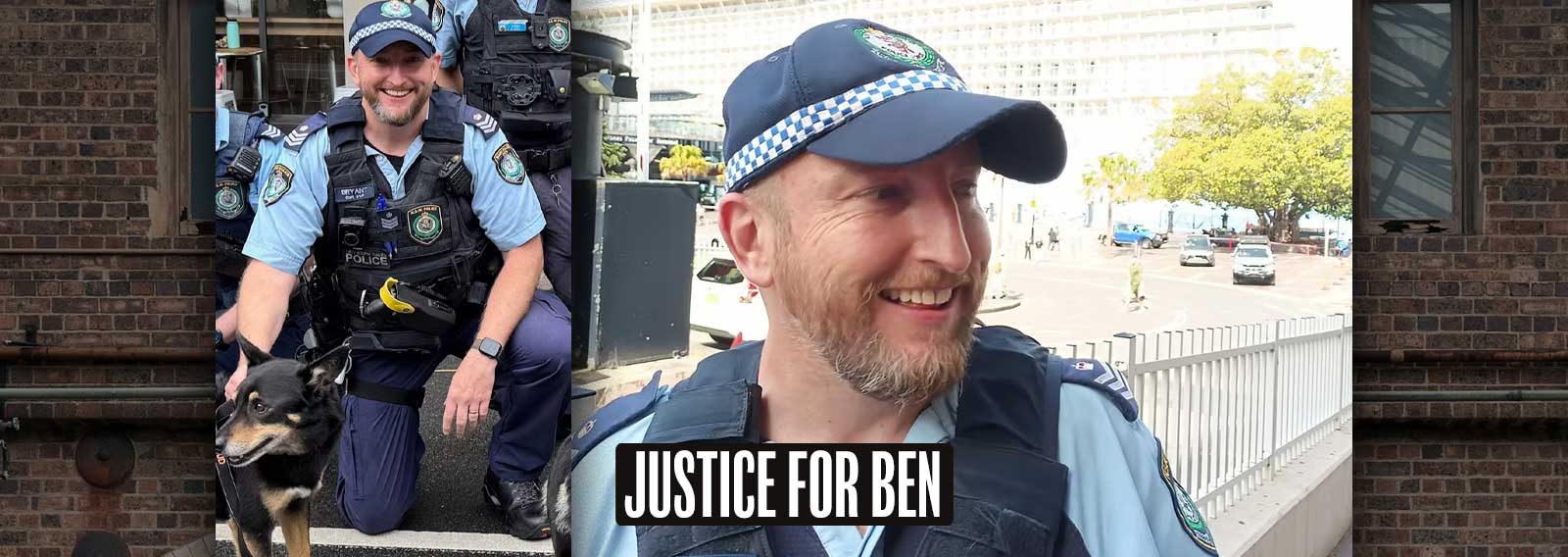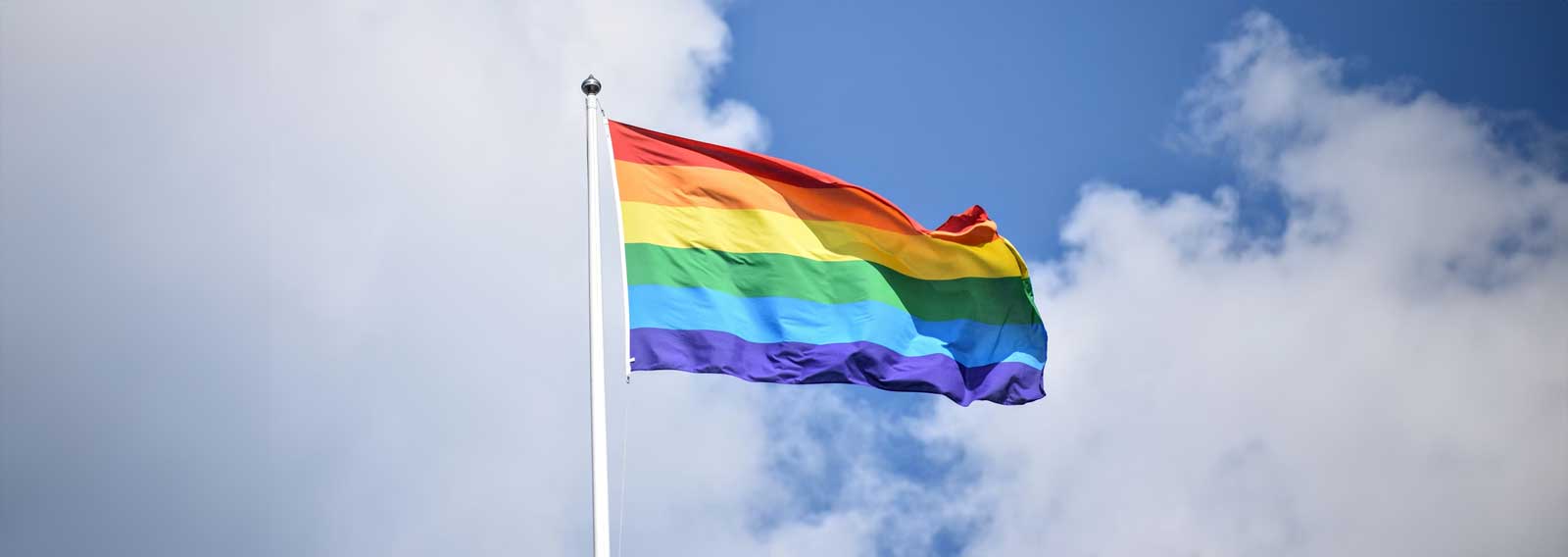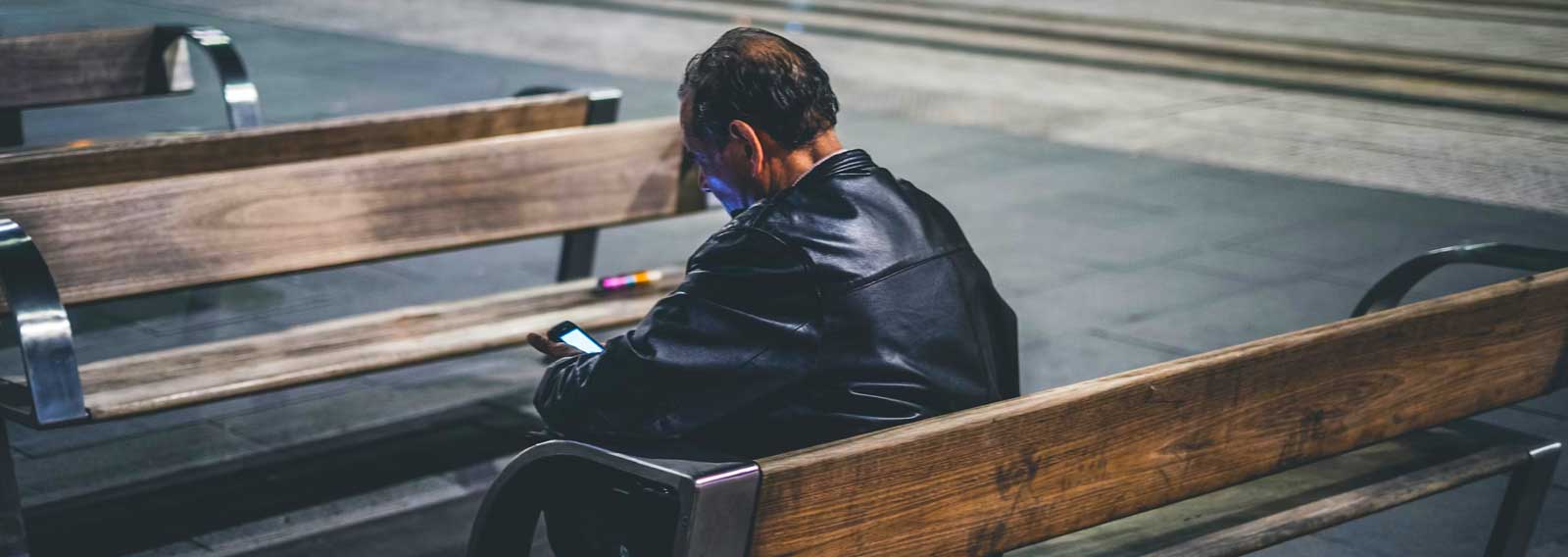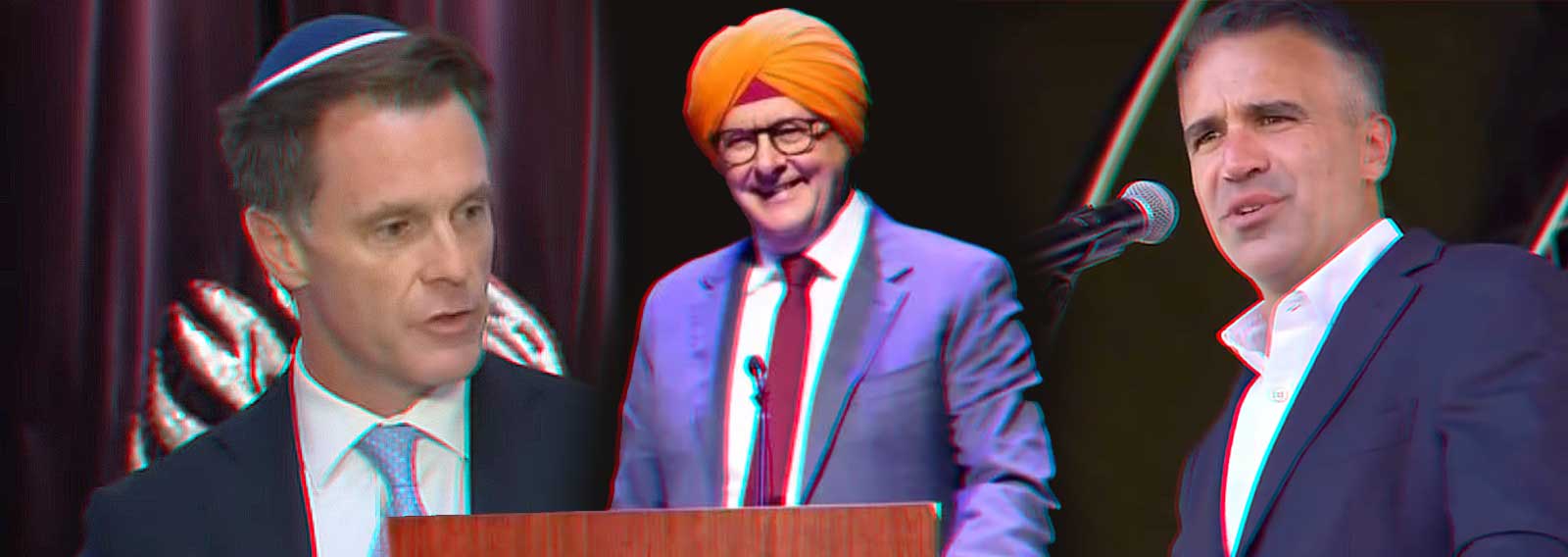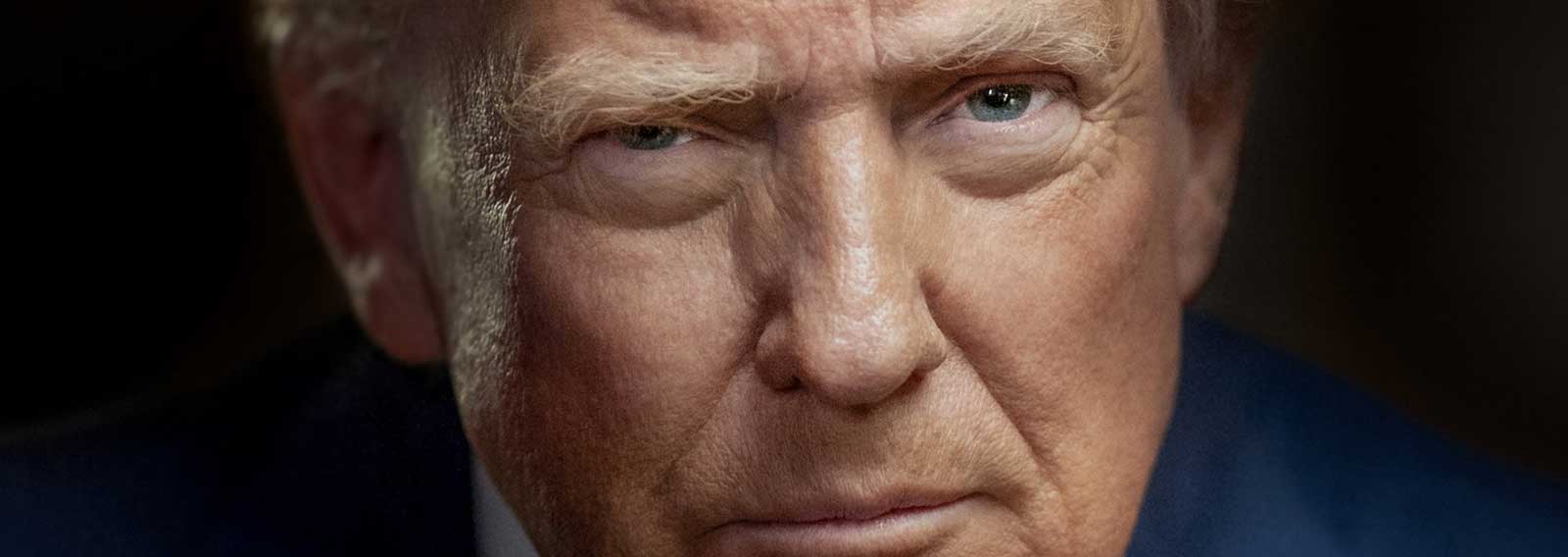Forced vaccinations, medical examinations, and treatments are just some of the extreme enforceable powers that The Public Health Act (Western Australia) enacted by the Western Australian Parliament back in 2016.
The Public Health Act 2016 states that it was enacted “to protect, promote and improve the health and wellbeing of the public of Western Australia and to reduce the incidence of preventable illness, and for related purposes.”
The Act is ‘Crown Bound’, which means it binds the State and, so far as the legislative power of the State permits, the Crown in all its other capacities. In other words, “nothing in this Act makes the Crown in any capacity liable to be prosecuted for an offence.”
Under the Act, the Health Minister of Western Australia has the power to delegate a Chief Health Officer who has various sets of powers and responsibilities.
In Part 2, the Act stipulates that the Chief Health Officer has the following functions:
(a) to initiate, support and manage public health planning for the State;
(b) to develop and implement policies and programmes to achieve the objects of this Act;
(c) to provide advice or recommendations to the Minister or to any other person or body or to the community generally on matters relevant to public health;
(d) to provide advice or recommendations to the Minister on possible changes to this Act or the regulations that the Chief Health Officer considers appropriate or necessary;
(e) to perform the functions that are conferred on the Chief Health Officer by or under this Act and to administer this Act in accordance with its objects and principles.
(f) to administer this Act in accordance with its objects and principles.
Section 117 of the Public Health Act gives specific detail in relation to the effect of the Public Health Orders (which are created by the health minister and chief health officer) and the powers in which a Public Health Order can enact. Some of these include restrictions and limitations that we are now seeing during the COVID-19 Public Health Orders nationwide.
In Part 11, which is titled Authorisation to exercise serious public health incident powers, section 152 states:
The Chief Health Officer may, for the purposes of preventing, controlling or abating a serious public health risk, authorise an authorised officer to exercise any of the serious public health incident powers.
The Serious Public Health Incident Powers include:
(1) An authorised officer may do all or any of these —
(a) close any premises;
(b) direct any person to enter, not to enter, or to leave any premises;
(c) direct any person to remain at any premises for any period specified by the officer;
(d) enter any premises and search for and seize anything for the purpose of investigating, preventing, controlling or abating the serious public health risk;
(e) require a person to provide information or answer questions for the purpose of investigating, preventing, controlling or abating the serious public health risk;
(f) enter and inspect any premises for the purpose of preventing, controlling or abating the serious public health risk;
(g) require any premises to be cleaned or disinfected for the purpose of preventing, controlling or abating the serious public health risk;
(h) require the destruction or disposal of anything for the purpose of preventing, controlling or abating the serious public health risk;
(i) direct any person to remain quarantined from other persons for any period, and in any reasonable manner, specified by the officer;
(j) direct any person to undergo medical observation, medical examination or medical treatment or to be vaccinated, as specified by the officer;
(k) take, or direct another person to take, any action that the authorised officer considers is reasonably necessary to prevent, control or abate the serious public health risk.
(2) A power under subsection (1) to enter any premises may be exercised without a warrant or the consent of the occupier of the premises or, in the case of a vehicle, the owner of the vehicle.
(3) The period specified under subsection (1)(c) or (i) must not be more than 24 hours unless the Chief Health Officer has authorised a longer period to be specified in relation to the person.
Section 158 is the authorisation and power which police have to use reasonable force if necessary if an authorised officer has directed a person to receive medical treatment, medical examination or vaccination.
Police can apprehend, detain, restrain or remove any clothing (including underwear) for the purpose of the person receiving treatment, examinations or vaccinations.
The legislation entitled, 158 Enforcement of requirement to undergo medical observation, medical examination, states:
(1) If an authorised officer gives a direction to a person under section 157(1)(j) to undergo medical observation, medical examination or medical treatment or to be vaccinated, an authorised officer or police officer may use reasonable force to ensure that the direction is complied with, including, if necessary —
(a) to apprehend and detain the person to whom the direction applies (the relevant person) and take the relevant person to a place where the person is required to undergo medical observation, medical examination or medical treatment or to be vaccinated in accordance with the direction; and
(b) to detain the relevant person at the place where he or she is required to undergo medical observation, medical examination or medical treatment or to be vaccinated in accordance with the direction; and
(c) to restrain the relevant person —
(i) to enable a medical observation, medical examination or medical treatment to be carried out; or
(ii) to enable the relevant person to be vaccinated;
and
(d) to remove anything (including underwear) that the relevant person is wearing, if —
(i) the removal of the thing is reasonably necessary to enable a medical examination or medical treatment to be carried out or, as the case requires, to enable the person to be vaccinated; and
(ii) the relevant person is given a reasonable opportunity to remove the thing himself or herself, and refuses or fails to do so…
Part 12 of the Public Health Act then goes into Public Health Emergencies and the relationship of this Act with the Emergency Management Act 2005 (The Health Minister has the power to declare a public health state of emergency).
In this section, the role of the Chief Health Officer is outlined, in formulating and preparing public health emergency plans and how it coincides with the powers enforceable during a state of emergency. The legislative requirements and enforceable powers are almost identical to the powers listed above in Section 11 (Serious Public Health Incident).
Section 184 explains the powers that are given during a public health state of emergency to force people into medical treatment, examination and/or vaccination.
The Powers in relation to quarantine and medical or other procedures during a public health state of emergency are as follows:
(1) For emergency management purposes, an emergency officer may direct a person to do all or any of these —
(a) to remain in an area specified by the officer for any period specified by the officer;
(b) to remain quarantined from other persons for any period, and in any reasonable manner, specified by the officer;
(c) to undergo medical observation, medical examination or medical treatment or to be vaccinated, as specified by the officer;
(d) to undergo decontamination procedures within any reasonable period, and in any reasonable manner, specified by the officer.
(2) The period specified under subsection (1)(a) or (b) must not be more than 24 hours unless the Chief Health Officer has authorised a longer period to be specified in relation to the person.
Under Section 185 entitled, Enforcement of the requirement to undergo medical observation or medical or other procedures, police are given the following powers:
(1) If an emergency officer gives a direction to a person under section 184(1)(c) to undergo medical observation, medical examination or medical treatment or to be vaccinated, an emergency officer or police officer may use reasonable force to ensure that the direction is complied with, including, if necessary —
(a) to apprehend and detain the person to whom the direction applies (the relevant person) and take the relevant person to a place where the person is required to undergo medical observation, medical examination or medical treatment or to be vaccinated in accordance with the direction; and
(b) to detain the relevant person at the place where he or she is required to undergo medical observation, medical examination or medical treatment or to be vaccinated in accordance with the direction; and
(c) to restrain the relevant person —
(i) to enable a medical observation, medical examination or medical treatment to be carried out; or
(ii) to enable the relevant person to be vaccinated;
and
(d) to remove anything (including underwear) that the relevant person is wearing, if —
(i) the removal of the thing is reasonably necessary to enable a medical examination or medical treatment to be carried out or, as the case requires, to enable the person to be vaccinated; and
(ii) the relevant person is given a reasonable opportunity to remove the thing himself or herself, and refuses or fails to do so.
Before an emergency officer or police officer can exercise any of these powers Section 191 explains what they are required to do first. Authorities must briefly explain in language understood by the person the reason for detention; that the person has the right to seek legal advice; and that the person can apply to have their matter reviewed by the state tribunal. However, if it’s not practicable to explain at the time of detention they must explain as soon as is practicable.
Section 191, Further provisions relating to power to detain under section 185(1) or 190(1)(o) states:
(1) Before an emergency officer or police officer detains a person under section 185(1) or 190(1)(o), the emergency officer or police officer must briefly explain, in language likely to be readily understood by the person —
(a) the reason why it is necessary to detain the person; and
(b) that the person is entitled to obtain legal advice and to communicate with a lawyer; and
(c) that the person has a right under section 194 to apply to the State Administrative Tribunal for a review of the decision to detain the person.
(2) However, if in the particular circumstances in which the power to detain the person is to be exercised, it is not practicable to give the explanation required by subsection (1) before the power is exercised, the emergency officer or police officer must do so as soon as is practicable.
(3) If the person who is to be detained, or is being detained, under section 185(1) or 190(1)(o) is a child or an impaired person, the emergency officer or police officer must ensure that a suitably modified version of the explanation required by subsection (1) is given to —
(a) in the case of a child —
(i) a parent or guardian of the child; or
(ii) another person who has responsibility for the day‑to‑day care of the child; or
(iii) if no person mentioned in another subparagraph of this paragraph is available, a person, or a person in a class of persons, prescribed by the regulations for the purposes of this subparagraph;
(b) in the case of an impaired person, a responsible person.
(4) Failure to comply with this section does not invalidate the detention of a person under section 185(1) or 190(1)(o).
The Public Health Act 2016 was implemented in five stages. Stage 4 came into effect in September 2017, which includes Serious Public Health Incident Powers and Public Health Emergencies.



